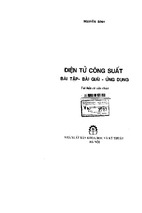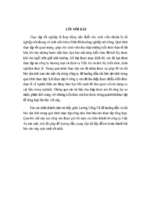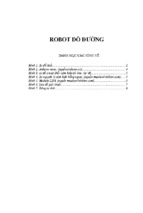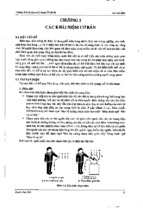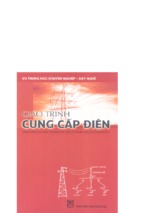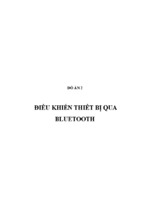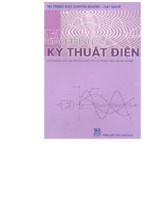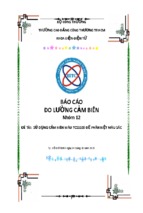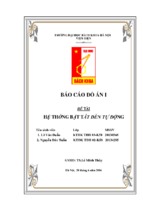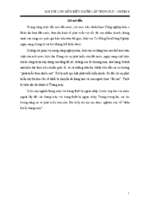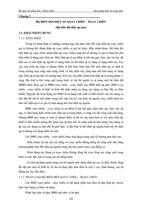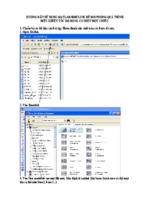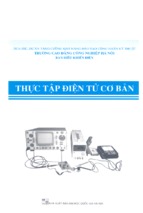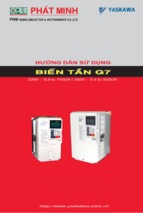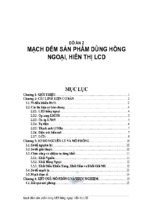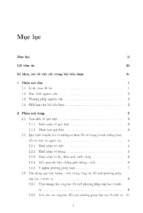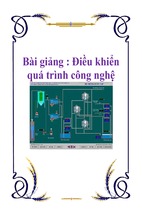Sentaurus TCAD
Introduction
Franck Nallet
Paris - 15/09/2014
© Synopsys 2013
1
CONFIDENTIAL INFORMATION
The following material is being disclosed to you pursuant to a non-disclosure
agreement between you or your employer and Synopsys. Information
disclosed in this presentation may be used only as permitted under such an
agreement.
LEGAL NOTICE
Information contained in this presentation reflects Synopsys plans as of the
date of this presentation. Such plans are subject to completion and are
subject to change. Products may be offered and purchased only pursuant to
an authorized quote and purchase order. Synopsys is not obligated to
develop the software with the features and functionality discussed in the
materials.
© Synopsys 2013
2
TCAD Application Segments
CMOS
•
•
•
•
Advanced CMOS (Si, SOI, etc.)
Atomistic modeling
Statistical modeling
Reliability
Analog/RF
• High-speed devices
• Compound semiconductors
Memory
• Flash
• DRAM
• ReRAM
Power
Opto
• Image Sensors
• Solar Cells
• Photodetectors
© Synopsys 2013
3
•
•
•
•
Discrete devices
Power ICs
Silicon and wide bandgap
ESD
TCAD Product Portfolio
Sentaurus Lithography
Sentaurus Process
Sentaurus Topography
Sentaurus Process
Process
Simulation
Framework
Sentaurus Lithography
Sentaurus Workbench
Sentaurus Topography
Sentaurus Structure Editor
Structure
Editing
Sentaurus
Workbench
Sentaurus Structure Editor
Sentaurus Device
Device and
Interconnect
Simulation
Raphael
Sentaurus
PCM
Studio
Sentaurus Interconnect
Sentaurus PCM Studio
Sentaurus Device
Raphael
Sentaurus Interconnect
© Synopsys 2013
4
TCAD Development Focuses
• New Technology Support
– More Moore
–
FinFET, FDSOI, III-V, etc.
– More than Moore
–
Analog/RF, CIS, solar, power (Si, SiC, GaN), TSV, etc.
• 3D Support (FinFET, NVM, Power, SRAM, CIS)
– Improved meshing and geometric operations
– Stress modeling
– BEOL reliability modeling
– Topography simulation
• Performance and Usability
– Improved multi-CPU scaling
– Process simulation speed-up
– More intuitive user interface
© Synopsys 2013
5
TCAD Supported Platforms
Platforms supported in I-2013.12 release:
x86_641 Red Hat Enterprise Linux 5.7, 5.9, 6.2, 6.4
x86_641 SUSE Linux Enterprise Server 10SP3,
10SP42, 11SP12, 11SP22
IBM RS6000 64-bit AIX3 6.1-TL6-SP5
1. The 64-bit (x86_64) Linux software is binary compatible with the Intel orAMDx86_64 processors running
Red Hat Enterprise Linux.
2. Binary-compatible hardware platform or operating system. Note, however, that binary compatibility is
not guaranteed.
3. Sentaurus Device Electromagnetic Wave Solver, Sentaurus Interconnect, Sentaurus Topography, and
Sentaurus Topography 3D are not available on AIX.
© Synopsys 2013
6
Sentaurus Workbench – TCAD
Simulation Platform
• Sentaurus Workbench GUI
Tools
Simulation
Tree
Projects
Nodes
© Synopsys 2013
7
Simulation
Branch
Sentaurus Workbench – Easy Material &
Manual Access
Manuals
Public
Application
Example
Library
© Synopsys 2013
8
HTMLtraining
Sentaurus Workbench – Node Explorer
• Node Explorer (F7) provides quick access to all node data
mouse
double-click
on node
© Synopsys 2013
9
Sentaurus Workbench – Flexible
Execution Controls
selected
nodes run
with one
mouse click
© Synopsys 2013
10
Sentaurus Process Simulator
• General purpose multidimensional (2D/3D) process simulator
• Integrated 3D geometric modeling engine (depo/etch/pattern)
• Adaptive meshing (to geometry/species changes)
• API for user-defined models
• Advanced physical models:
–
Analytic and Monte Carlo implantation
–
Diffusion: laser/flash annealing, kinetic Monte Carlo
–
Mechanical stress
–
Oxidation/Silicidation
Mechanical Stress
© Synopsys 2013
11
Kinetic Monte Carlo
FinFET SRAM
Adaptive Meshing
Oxidation
Implantation
implant Arsenic dose=1e14 energy=50 tilt=7 rotation=0 info=2
MC Implantation
• Sentaurus MC
• (Crystal-TRIM)
Analytic Implantation
• Primary Distributions
o Gaussian
o Pearson (4 parameters)
o Dual Pearson (9 parameters)
•
•
•
•
•
© Synopsys 2013
Screening
Damage Model
Amorphization
Molecular Implant
Calibrated Implantation Tables
12
Dopant Diffusion
Flash/Laser Anneal
Dopant Activation and Clustering
Solid Phase Epitaxial Regrowth
Epitaxy
Clustering of Defects
Pressure-dependent Defect
Diffusion
Segregation & Dose Loss
Kinetic MC Diffusion
Diffusion Model Hierarchy
•
•
•
•
•
•
•
Constant (constant diffusion coefficient)
Fermi (point defects equation not solved, defects in equilibrium)
Charged Fermi (same as Fermi+total dopant flux is due to dopant-defect pairs)
Pair (dopant-defects pairs are in local equilibrium with dopant and defect concentrations)
Charged Pair (same as Pair+reaction rates are state charge dependent)
React (incl.defects, rates are not charge state dependent)
Charged React (same as React+mobile charged dopant-defects)
© Synopsys 2013
13
Oxidation/Silicidation
Oxidation Model Hierarhy
• Deal/Grove Model
• Massoud Model
• Mixed Flows (Hirabayashi approach)
Stress-Dependent Oxidation (SDO)
Orientation-Dependent Oxidation
Doping-Dependent Oxidation
Trap-Dependent Oxidation
In Situ Steam-Generated Oxidation
(ISSG)
Silicidation
Oxynitridation (N20)
Moving Boundaries and Adaptive Mesh
3D Oxidation
© Synopsys 2013
14
Mechanical Stress Modeling
Stress Model
• Viscoplasticity
• Plasticity
• Viscoelasticity
Stress Causing Mechanisms
•
•
•
•
•
Stress Induced by Growth of Material
Stress Induced by Densification
Stress Induced by Thermal Mismatch
Lattice Mismatch Stress
Intrinsic Stress
© Synopsys 2013
15
Etching/Deposition
Etch Models
•
•
•
•
•
•
•
Isotropic
Anisotropic & Directional
Polygonal
CMP
Fourier
Crystallographic
Trapezoidal
Depo Models
•
•
•
•
Isotropic
Fill & Polygon
Fourier
Selective Deposition
Algorithms
• Analytic
• Level-set
© Synopsys 2013
16
3D Geometry Generation
•
•
•
•
MGOALS3D (level-set)
Integrated SDE
S-Topo 3D
Meshing with Sentaurus Mesh
Non-Si Materials Process
Simulation
MC Implantation
• SiGe and Ge
• 4H-, 6H-SiC
• III-V, including III-N
• Diffusion & Activation
• First prototype available in H2013.03 release for 4H-SiC and
III-V (InGaAs/InP)
© Synopsys 2013
17
Sentaurus Process Kinetic MC
• Command to switch
SetAtomistic
• Considers only defects and impurities, and ignores the lattice for
diffusion simulation
• Supported options: diffuse, deposit, etch, implant, init, line, photo,
profile, region, select, strip
• LKMC: Fully Atomistic Modeling of SPER (Solid Phase Epitaxial
Regrowth)
SPER velocity depends on the substrate orientation with approximate
ratios of 20:10:1 for orientations (100), (110), and (111)
amorphous
Si
(111) planes
Oxide
crystalline
Si
© Synopsys 2013
18
Sentaurus Topography 3D
General overview
• Sentaurus Topography 3D is a three-dimensional simulator for
evaluating and optimizing critical topography-processing steps
such as etching and deposition
• Simulates deposition and etching processes by using the
level-set method to evaluate the surface evolution during the
process
• Models categories:
– Built-in models
– User-defined models within Rate Formula
Module (RFM)
– User-defined models within a Physical
Model Interface (PMI)
• Support of different reaction species,
different fluxes, re-deposition, …
© Synopsys 2013
19
Sentaurus Topography Simulator
•
•
•
•
•
Multidimensional (2D/3D)
Robust level-set numerical models
Deposition models (LPCVD, PECVD, HDP-CVD, APCVD, SOG, reflow)
Etching models (wet, HDP, RIE, ion milling, CMP)
Interface to Sentaurus Process & Sentaurus Lithography
Physical vapor deposition
O3 / TEOS APCVD
© Synopsys 2013
20
Ion milling
Tench filling with void formation
RIE
- Xem thêm -


